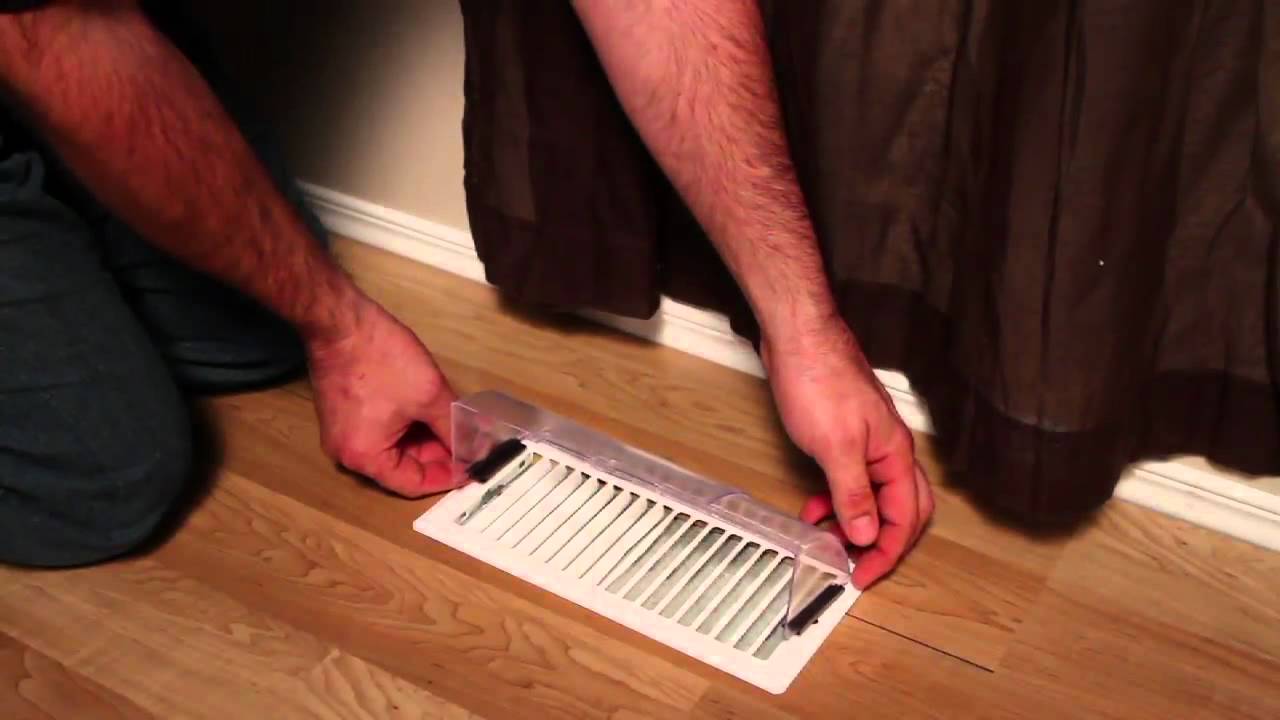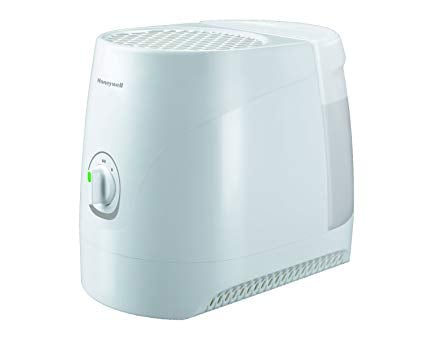At this time of year when we’re retreating indoors, prepping your home for the cold weather becomes important. In the second part of Amsted President Steve Barkhouse’s latest appearance on CTV News at Noon, he shares his top fall maintenance tasks to take care of this year.
Of course, we invite you to download our handy seasonal maintenance checklist for the full run-down. But here are a few of our must-do’s, along with some neat new products from our friends at Home Hardware Stittsville.
Getting rid of the leaves
Yard waste bags are a must at this time of year, especially now that almost all of the leaves have fallen. Two things that help you fill them up are a Leaf & Lawn Chute and a yard scoop. The chute is a plastic sleeve that holds the bag open and allows you to slide items right in, which is helpful if you’re working on your own because you can’t get the kids to help out! It easily slides out after it’s full for placement in the next bag. And the scoop helps you stand more upright to pick up leaves, saving your back.
Protecting plants & shrubs
You can always wrap your plants in standard burlap to protect them against the elements and especially road salt, or you can use this pop-up protector, an option that makes this job much easier. Simply pop it open and tie it using the convenient ties at the bottom. It’s also nice come spring — simply untie, pull it off, lay flat for storage and it can be used year after year. These protectors come in a variety of sizes, depending on what you have to cover.
Cover up your AC unit
You many have heard that you should only cover the top of the unit and have seen your neighbours put just a piece of plywood on top. But if done correctly, the bags offer much better protection from the elements. You just want to make sure that you don’t wrap the bottom tightly, which can create condensation. Cover the full unit, but let the bottom hang loose and you’re all set.
Plumbing
Take care of your outdoor water sources. Plumbing antifreeze can simply be poured into any system that remains completely outdoors throughout the winter, such as RVs, pools, etc.
Moving inside, we’ll take a look at some of the tasks to get your home ready for the chill.
Windows
Arm your windows against drafts and keep the heat inside three ways:
- Weather shield kit: If you have windows in your home that are rarely accessed or opened in winter, we recommend sealing them with this simple kit. Clear plastic allows you to maintain the solar gain of your windows but prevents the loss of heat through the glass panes. It’s especially effective if you have older windows in your home.
- Zip Seal ‘n’ Peel caulking: This is a unique product that can be pulled up in the spring. Again, use it on windows that are drafty but won’t be opened in winter. You can also save it and use it in the spring to put in a temporary air conditioner.
- Standard caulking: For use wherever you need a permanent barrier. It saves energy in protecting against drafts throughout the year.
Air flow
Ensure adequate air flow throughout your home with air deflectors. Used for floor register vents, they simply sit right on top to help circulate air throughout the room and move warm furnace air more efficiently. They can come with magnets if you have metal grates to help them stay in place.
Humidity
When people think about humidity, they often consider only the summer months, when we want to take the moisture out of the air. But adding it back in during the winter is just as important. Maintaining proper humidity levels in your home year-round will help avoid gaps and cracks from forming in your hardwood, drywall, etc. There are also significant health risks associated with dry air, especially for kids and the elderly, including considerations for asthma, nose bleeds, etc.
If your furnace humidifier is not up to the task (or you don’t have a furnace humidifier), a portable one can do the trick. Humidifiers come in all sizes, depending on where you need to add moisture. This unit here is a single-room option, great for a family room or bedroom.
Air quality
Make sure the air that is in your home is safe. If you didn’t check your smoke and carbon monoxide detectors when the clocks went back, now is the perfect time to do so. Are they working properly? Are they getting close to their expiry date? Have you replaced the batteries?
We also recommend that you get your chimney professionally cleaned before using it, but in the interim, a chimney sweeping log used at the start of the season can remove dangerous creosote in your chimney.
Of course, these are just some of the top fall home maintenance tasks you should tackle. Get our full fall checklist here.
Part 1 of our appearance on CTV: Warm spaces for the cold weather



